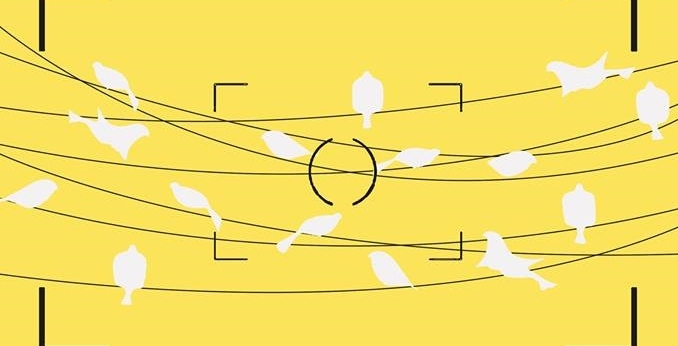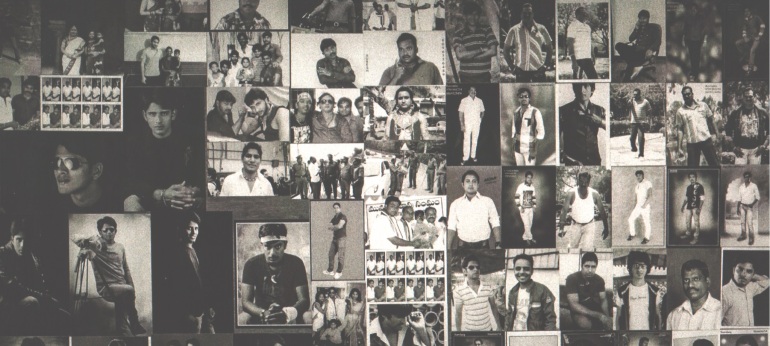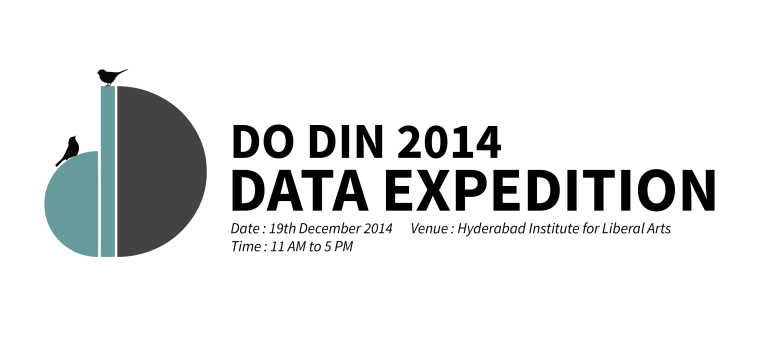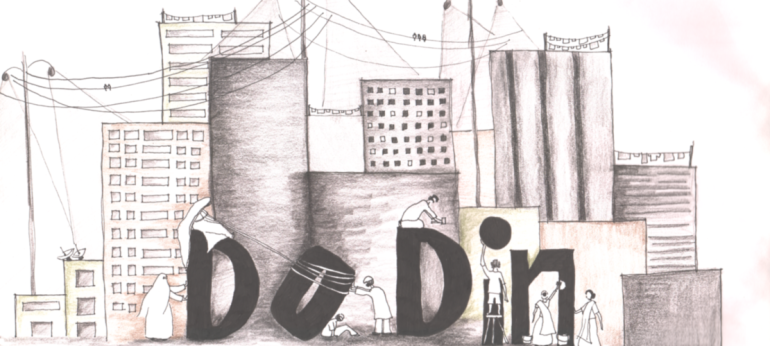Here we are posting responses to some FAQs. Do write in with any other queries!
What is Do Din?
Do Din was inaugurated last year as a “two day techno-arts event” which aimed to bring together diverse individuals and groups working with urban data. We think of data as an artefact, i.e. data has to be produced by someone or something. Another idea, closely related to data, is memory. By data and memory we mean not just the massive digital databases that are definitive of our age, but also the physical archives and the very memories of people. These two ideas, of data and memory are at the core of Do Din.
The objective of Do Din therefore is to provide a platform where people can collaborate and work on data, a platform where that precious data emerging from lived experience can be brought to the fore and given its due privilege, a platform where we can start talking about preserving and enriching the archive that is the city.
Do Din 2013, brought together artists, scholars, hacktivists, planners, activists and generally individuals and groups interested in the city, or specific aspects of the city. The workshops and discussions revolved around the broad themes of Water & Waste, Mobility & Safety, Municipal Accountability, Heritage & Memory. There were screenings of a curated set of short films and documentaries representing a wide array of urban experiences. There were also exhibits, including a neighbourhood history of Mallepally, Hyderabad and curated art installations that represented diverse themes like nature and the city, identity, and mass media manipulation. The resulting encounters have resulted in sustained collaboration between some, but it has instilled a feeling of solidarity among this multitude working in different fields. This solidarity is anchored by the very idea of the city.
This year too, in Do Din 2014, we plan to have a diverse range of activities such as: workshops, discussions and curated exhibitions. Carrying forward the themes introduced last year, we also wish to pay greater attention this year to new themes such as gender and space, housing and the informal economy.
The aim is not to produce an event that will assault a participant with information through lectures, but to create a space where the event can be collaboratively produced by all the participants. Ultimately, Do Din is an attempt at creating communities of new urban practice. Communities for collaboratively solving problems, learning, and also simply to see the city from another’s perspective.
Why the name Do Din?
The name comes from Ashhar Farhan, one of the directors of Hyderabad Urban Lab, who has a penchant for ordinary sounding names. But the ordinariness of the name lends itself to the nature of the city itself and by extension of the event. Do Din is not about making an extra-ordinary effort to change the world, but to start by making ordinary efforts of collaboration to make a difference.
Is entry free? Do I need to register?
Yes, entry is free. There will be online registration for practical purposes, but there will also be on-the-spot registration.
Do I need to be some kind of specialist with data to attend the event?
No, everyone is invited. Our ideal is to gather a diverse community, cutting across class, gender and other divides. This not only ensures a richer database, but also a richer forum with contrasting perspectives.
Is Do Din about Hyderabad or cities in general?
Yes, Do Din is about Hyderabad and yes, Do Din is also about other cities! This is the value of the concept of “ordinary cities”. Urban theory, urban practice, the very idea of urbanism has long been dominated by certain extra-ordinary cities like New York, London, Paris, Tokyo and these days, Mumbai, Lagos, Jakarta. The laws of urban transformation, the standards for urban planning, the models for urban architecture seem to travel unidirectionally from these extra-ordinary cities to the less valuable others. To re-orient this unidirectional dynamic, we call for ordinary cities. Ordinary cities have their own histories of stability and transformation, of design and chaos, of culture and contestation. Ordinary cities can learn from eachother.
Do Din seeks to bring together people working in different cities. Although, perhaps majority of the participants will be from Hyderabad. Thus, once again, yes Do Din is about Hyderabad and yes, it is also about other cities.
Why hold Do Din at Vidyaranya school?
We could hold Do Din in the West of the city, a hub of individuals and groups interested in “data” and working with it. However, data for us encompasses much more of the city than its IT and applied-IT industries. Vidyaranya school, therefore, becomes a great location because it is located at the centre of the city. It is easily reachable by public and private transit options. In addition, it is a disabled friendly campus.
The most important question: will there be food?
Yes. Guard your coupons though.















